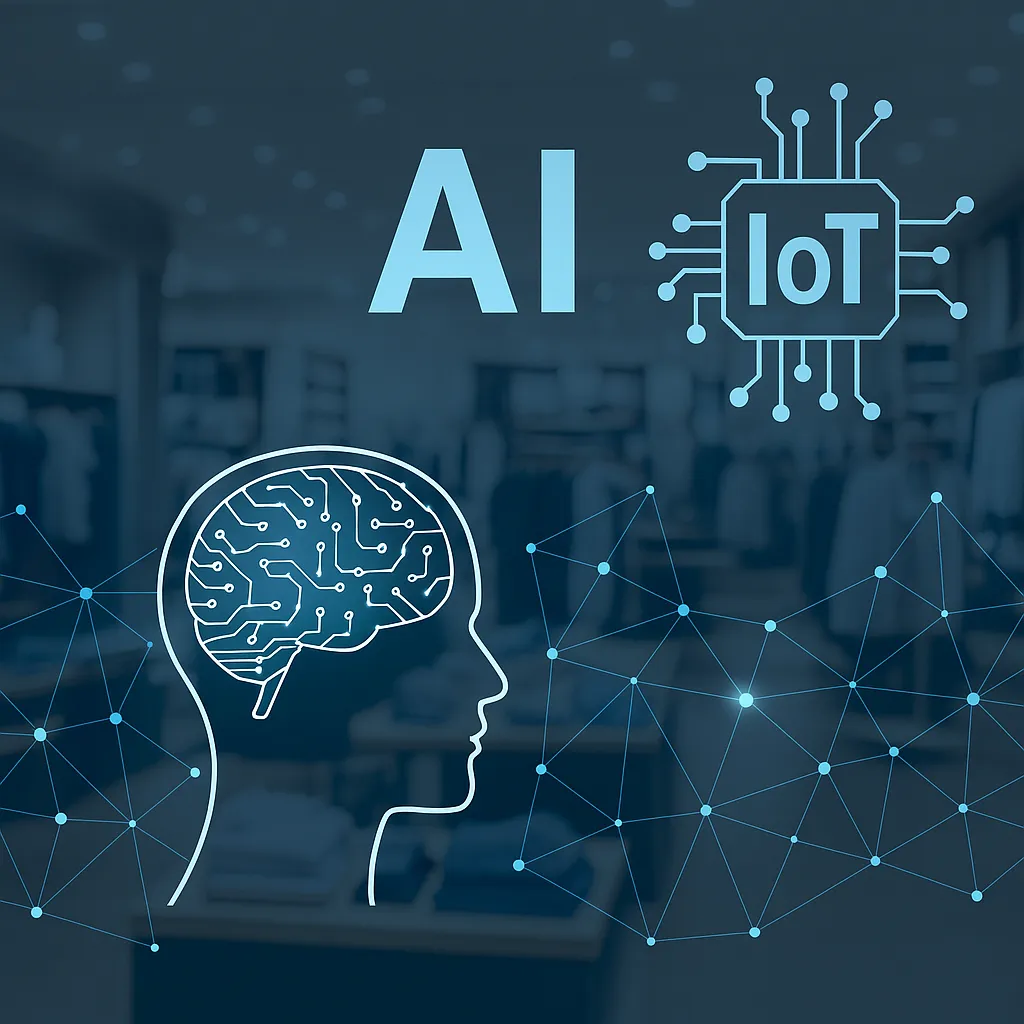In the battle for attention in physical retail, merchandising isn’t just design—it’s data. The right product in the right place can drive sales. But how do you know what really works? That’s where computer vision steps in.
With the power of AI, retailers are now using computer vision to track, measure, and optimize the way products are displayed—and how customers respond. It’s fast, scalable, and doesn’t rely on surveys or guesswork. It’s real-time visual intelligence.
What Is Computer Vision in Retail?
Computer vision is a branch of artificial intelligence that enables machines to “see” and interpret visual information. In stores, this means cameras can monitor shelves, displays, and customer behavior—automatically and continuously.
This tech goes far beyond traditional surveillance. It transforms raw video into meaningful insights: What display caught someone’s attention? How long did they stop? Did they reach for the product? All of that becomes measurable.
Key Applications in Merchandising
1. Display Performance Tracking
Retailers can now quantify how each merchandising zone performs. Computer vision tools analyze dwell time, product engagement, and visitor flow to reveal which displays succeed—and which fail.
2. Planogram Compliance
You spent time designing the perfect planogram. But is it being followed in-store? Computer vision systems can detect whether products are placed correctly, highlight missing items, and ensure promotional displays are executed as planned.
3. Shelf Stocking Visibility
With real-time video feeds and AI analysis, retailers can instantly know when shelves are empty or disorganized. That means faster restocking and a more consistent presentation—two key factors in maximizing sales.
4. Shopper Behavior Analytics
Computer vision doesn’t just look at shelves—it studies people too. It reveals how long customers stay near a product, whether they pick it up, and what they skip entirely. That’s a treasure trove of data for merchandising teams.
Table: Merchandising Challenges Solved by Computer Vision
| Challenge | Computer Vision Solution | Business Impact |
|---|---|---|
| Uncertainty in display success | Track dwell time and engagement | Improve layout based on real data |
| Planogram non-compliance | Automated detection of product placement | Ensure brand consistency across locations |
| Empty shelves unnoticed | Real-time shelf monitoring | Reduce lost sales from out-of-stocks |
| Lack of shopper feedback | Analyze interaction patterns and attention | Adjust strategy based on real behavior |
Why It Matters More Than Ever
Merchandising used to rely on intuition and sales reports. But in a competitive retail environment, speed and accuracy are everything. Computer vision gives you the edge.
Rather than waiting for sales trends to emerge, you can test, track, and tweak displays in real time. Want to see if a new layout increases engagement? You’ll know by the end of the day—not next month.
This also empowers multi-location retailers to monitor merchandising quality at scale, without sending in field reps or relying on manual checklists.
Easy Integration and Fast ROI
Solutions like those from Openretail are designed for fast deployment. The modular, LTE-connected devices can be installed with no IT overhead. Within days, you’re capturing insights that would’ve taken weeks or months to gather manually.
The ROI is clear: fewer missed sales opportunities, tighter compliance, and smarter space utilization. Plus, you gain the ability to make confident, data-backed decisions that elevate your in-store performance.

